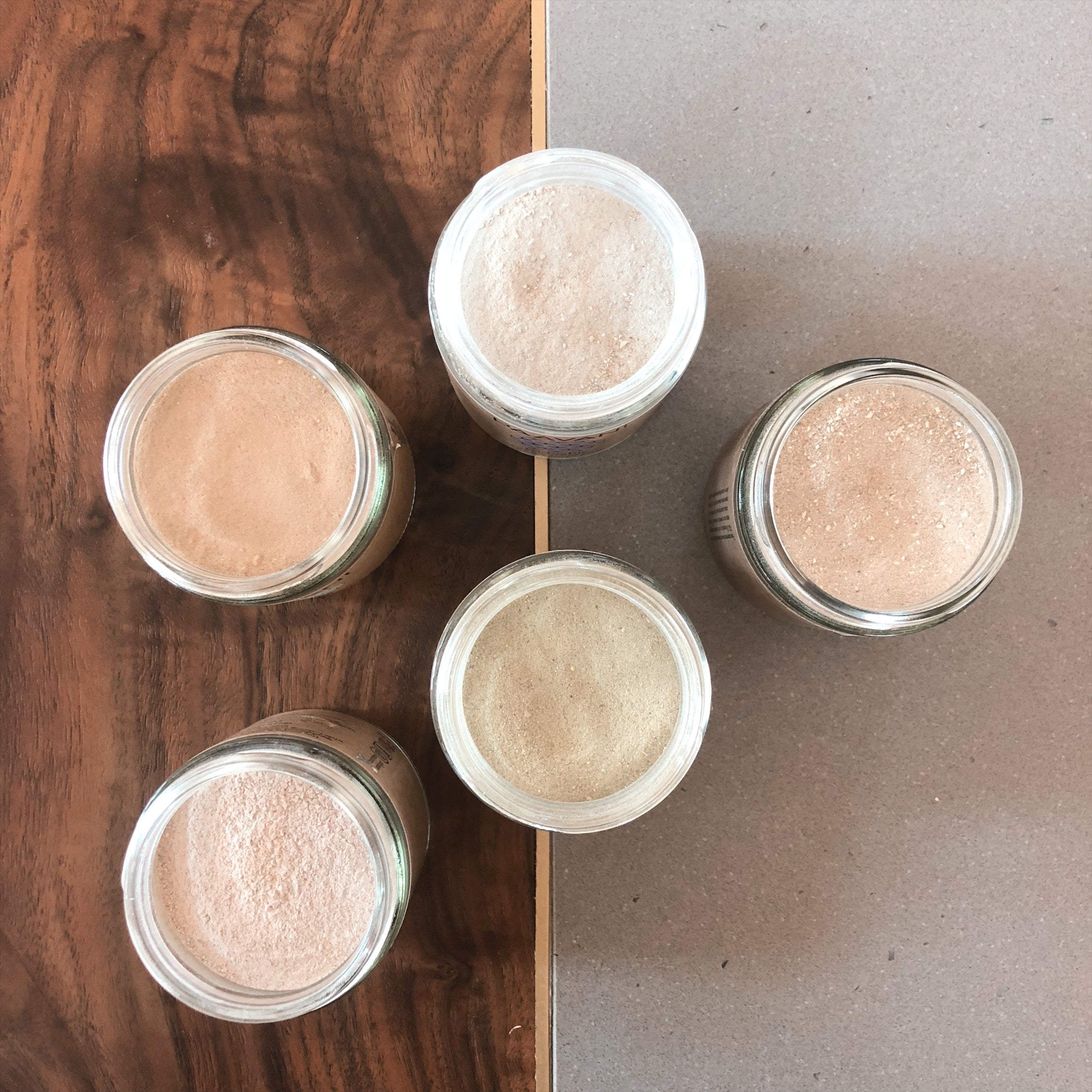
The Ayurvedic Approach to the Seasons: Fall
Ayurveda works with the three constitutions or doshas- vata, pitta & kapha. Did you know that the doshas not only make up our physical, mental & emotional bodies but that they are also responsible for the cyclical, seasonal rhythms of nature?
We are currently diving deeply into the fall season. In Ayurveda, fall and winter are considered to be vata season. During this time of year, the elements air and ether, which create vata dosha, become the strongest in our environment. In principle, air and ether are inherently cold, dry, mobile and light. We experience these qualities during this time of the year in nature.
Picture the leaves falling in the wind, autumnal yellows, oranges and reds momentarily painting the crisp blue sky and then settling onto the earth below. Imagine the wind in your hair, blowing across your face and brushing up against your skin. Now, fast forward a month or so to winter. Imagine that same wind, but now instead of leaves falling gracefully from the trees, the trees are left stripped down to a skeleton compared to their abundant fall selves. Likewise, that gentle wind in your hair, that brushed up gently against your cheeks has become harsh, cold and severe.
I paint this image so that you may recognize that the elements of air and ether have the ability to create incredible beauty, but when in excess (as they accumulate to in the winter months) can create depletion and severe conditions. Our bodies, if out of balance in vata dosha, will mimic the qualities of the natural world. Excessive dryness in the skin. dryness in the digestive tract (think constipation, gas and bloating), anxiety and/or difficulty falling asleep may occur.
Ayurveda teaches us that we must counterbalance what is being agitated in nature. Thus, in the fall and winter, cold, dry, mobile, light qualities are the strongest; hence, we must work to warm, moisturize, ground and stabilize our bodies daily.
Thankfully, Ayurveda has equipped us with simple tips and daily practices to help keep us healthy and balanced. Here are a few of our particular favorites:
1. Create a Daily Routine
This may be the number one support in balancing vata dosha. When you have a regular daily routine: waking up and going to bed at the same time, eating around the same time, exercising at the same time, etc., your body feels, for lack of a better term, safe. It knows that it is time to use the restroom, it is time to go to bed, you are taking the guessing game out of the equation and the body is able to operate efficiently. Another plus? With a regular routine comes organization and usually healthier habits.
2. Eat Warm, Unctuous Seasonal Foods
We know, we know. You’ve heard it before- eat seasonally, eat locally. It’s kind of become hip, but this idea is rooted in the philosophy of Ayurveda.
This Fall, eat root vegetables, like squashes or sweet potatoes, that are spiced with warming herbs, like nutmeg, cinnamon and our Vata Spice Blend, and cook them in ghee or coconut oil if you are vegan. Avoid cold, dry foods like salads. These will only increase the qualities of coldness and dryness within the body; and remember, we are trying to counterbalance them.
3. Self-Abhyanga
When you oil and moisturize the body each morning, you are performing a self-abhyanga. This practice keeps the skin healthy, strong and moisturized. We are absolutely obsessed with our Vata Body Oil. It is crafted with vata-reducing herbs like Ashwagandha and Shatavari that will keep the skin healthy and the immune system strong. It is a perfect addition to your morning routine!
If you want to ensure your skin is smooth, supple and hydrated this fall, also check out our luxurious Coconut Milk Bath! This is the perfect addition for your evening bathing ritual
We hope these ancient tips will help you juggle the various challenges that can arise this harvest season. Sending you love, warmth and joy!





Leave a comment
This site is protected by hCaptcha and the hCaptcha Privacy Policy and Terms of Service apply.